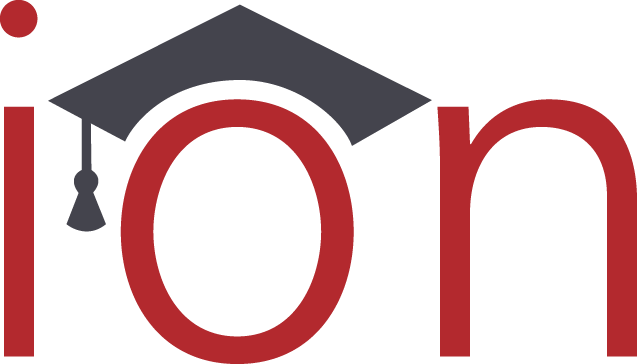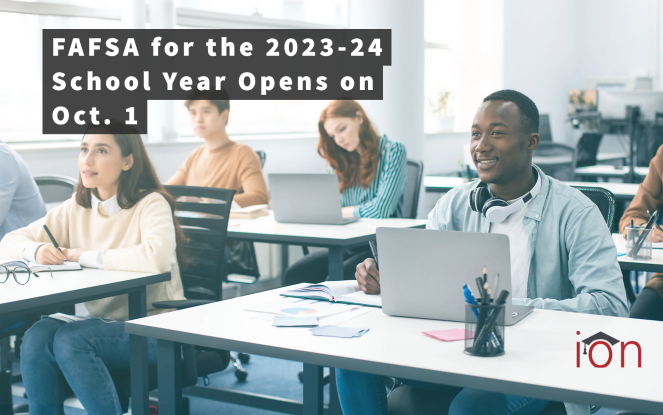Despite the headlines, college is still the surest path toward better lifelong earnings. But a degree is far more likely to pay off if you haven’t borrowed a small fortune to get it.
The Free Application for Federal Student Aid, or FAFSA, is a key step in making college affordable. Applications for the 2023-24 school year open on Oct. 1, and those who apply early stand the best chance of getting more free money for school.
D. Jean Hester, who oversaw college enrollment and admissions at schools in Ohio and Oregon for over a decade, advises getting in line as quickly as you can. While the federal government doesn’t run out of money for need-based aid, colleges and states do.
“Do it this fall. There’s absolutely no reason to wait,” Hester says.
When you submit the FAFSA, you are applying for need-based aid that can make a big difference in where you decide to go to school and how much debt you’ll face after graduation. Every dollar you get in grants, scholarships and work-study is one you won’t have to beg from family or borrow.
Filing early also means you’ll get your financial aid offer from the colleges you apply to sooner, Hester notes, allowing you time to compare offers or resolve any discrepancies.
“It’s one of those things you just need to get out of the way,” she says.
Types of aid covered by the FAFSA
The FAFSA is used to calculate your family’s Expected Family Contribution, or EFC. Subtract the EFC from your school’s official cost of attendance to reveal your financial need; the completed FAFSA then serves as your application for financial aid to help fill that hole.
A completed FAFSA unlocks these types of need-based federal, state and school aid:
- Pell Grants.
- Work-study.
- Scholarships.
- Grants.
The current maximum Pell Grant award is $6,895; any combination of grants, work-study, and scholarships can cover some or all of the difference between the school’s official cost of attendance and your family’s expected financial contribution.
The great thing: These types of aid don’t need to be repaid.
You also need to complete the FAFSA to access federal student loans.
Watch your student loan debt tally
After completing the FAFSA, you are likely to be offered subsidized federal loans as well; they are called financial aid because the government pays the interest on them until you graduate. But they must be repaid like any other loan.
The FAFSA also serves as the application for unsubsidized federal loans, which aren’t tied to need. For freshmen, the amount is capped at $5,500 a year, but that rises to $7,500 by junior year.
If you need to borrow money beyond that amount, you could get a private student loan.
Any loan — whether subsidized or unsubsidized or private — becomes part of the debt you’ll have to cope with once you graduate. A NerdWallet analysis suggests the high school class of 2022 could face an average debt of nearly $40,000 by the time they graduate college.
And while student loan news is currently focused on President Joe Biden’s recent cancellation announcement, the administration has made clear that this allowance is tied to COVID relief and won’t happen again.
The article Unlock the College Financial Aid You Need Starting Oct. 1 originally appeared on NerdWallet.

